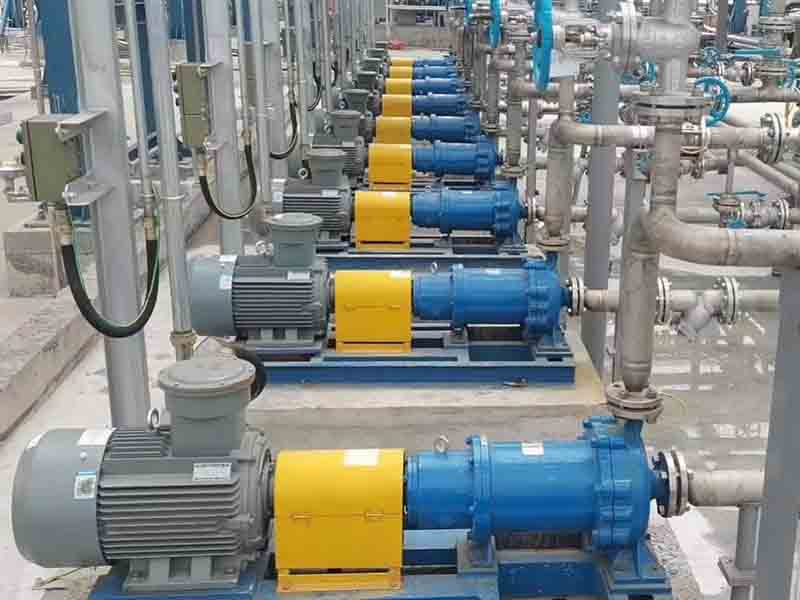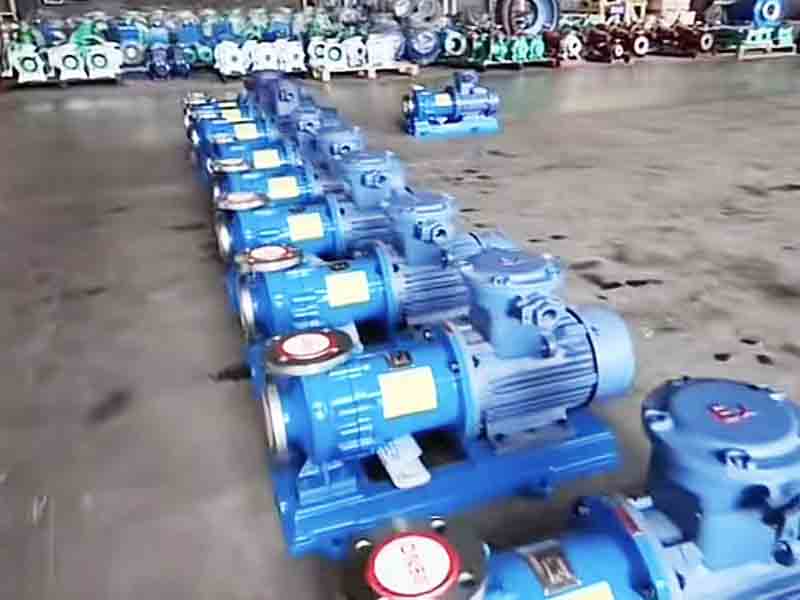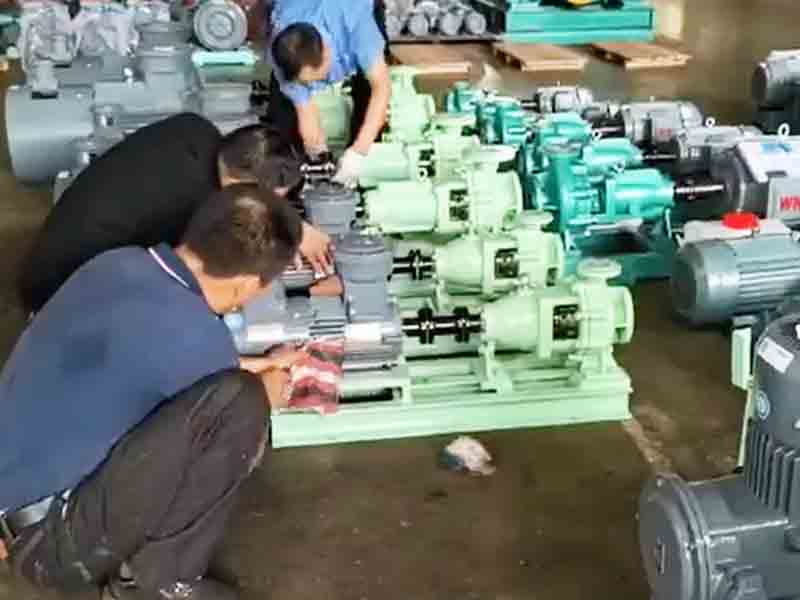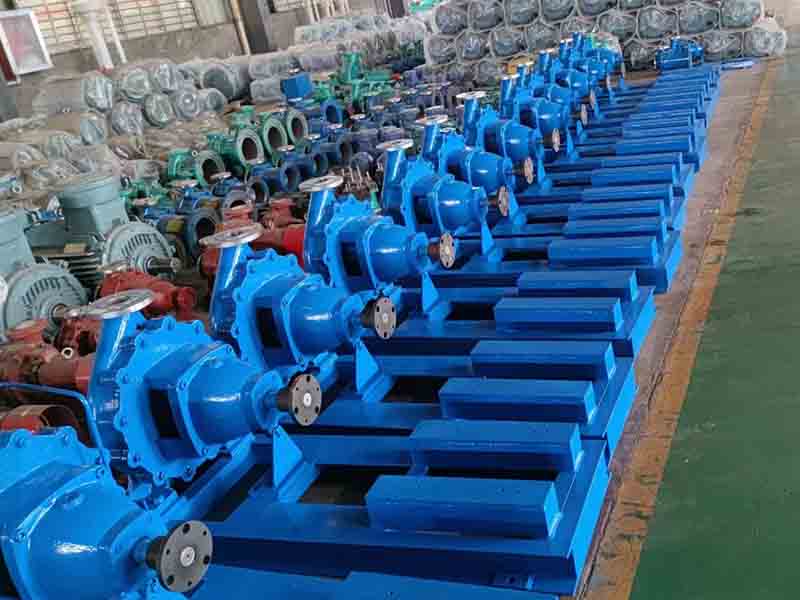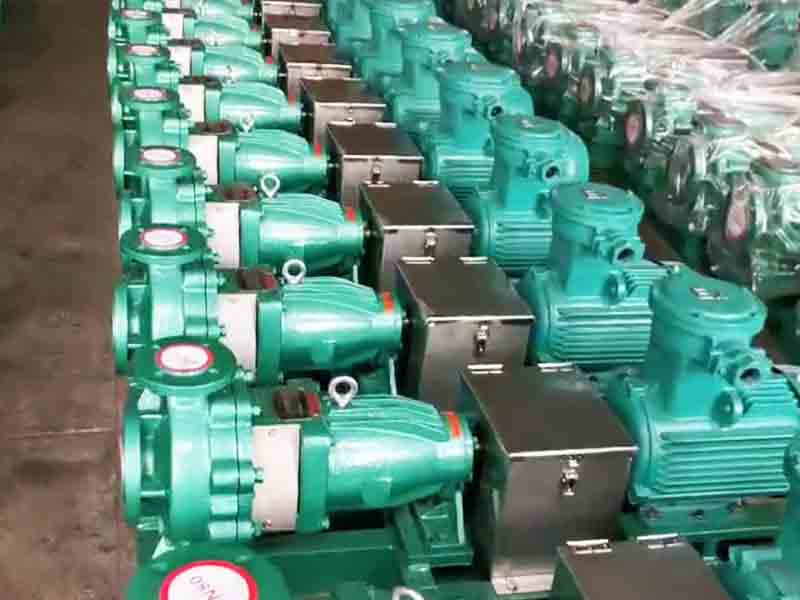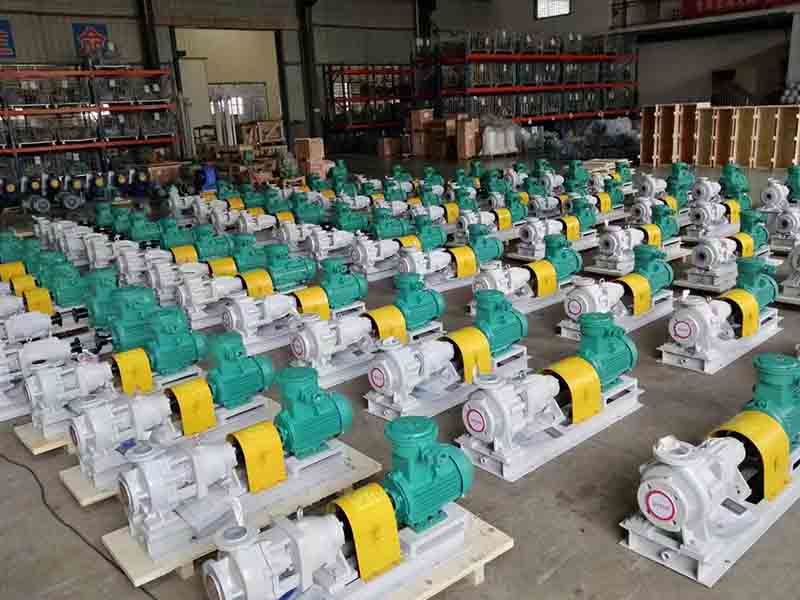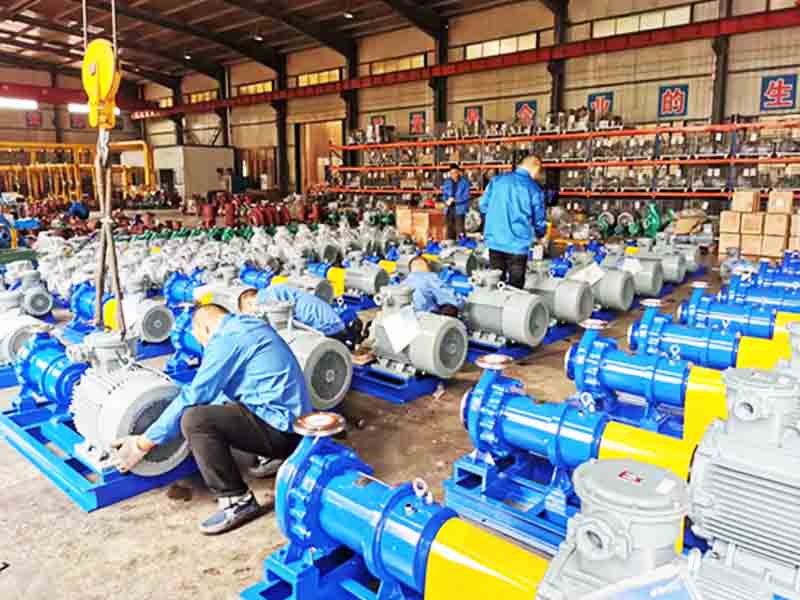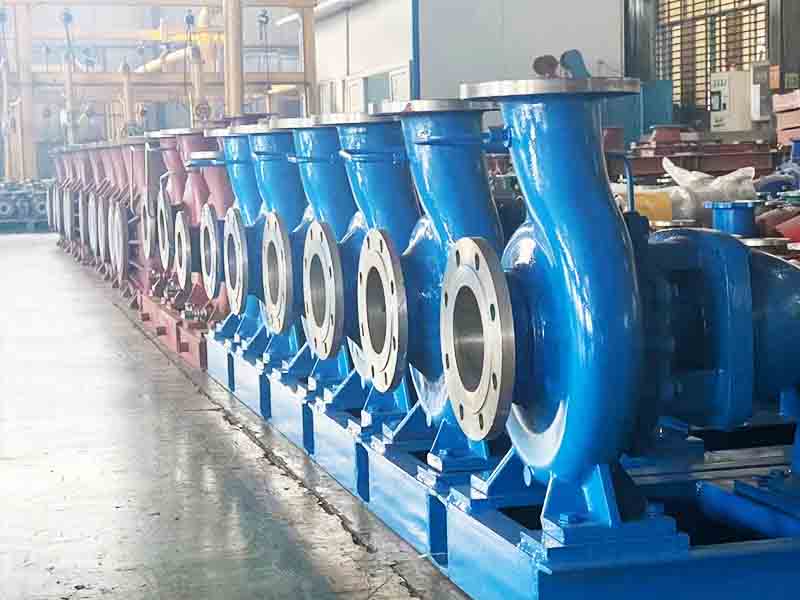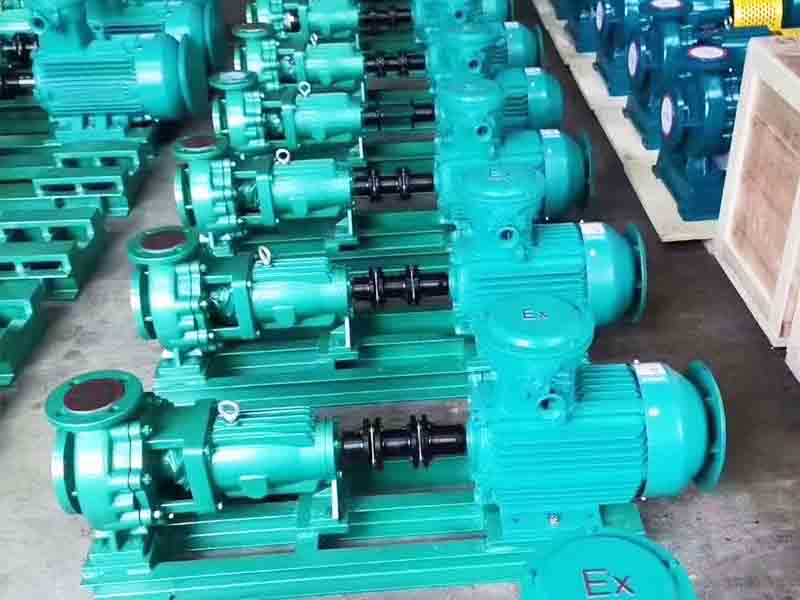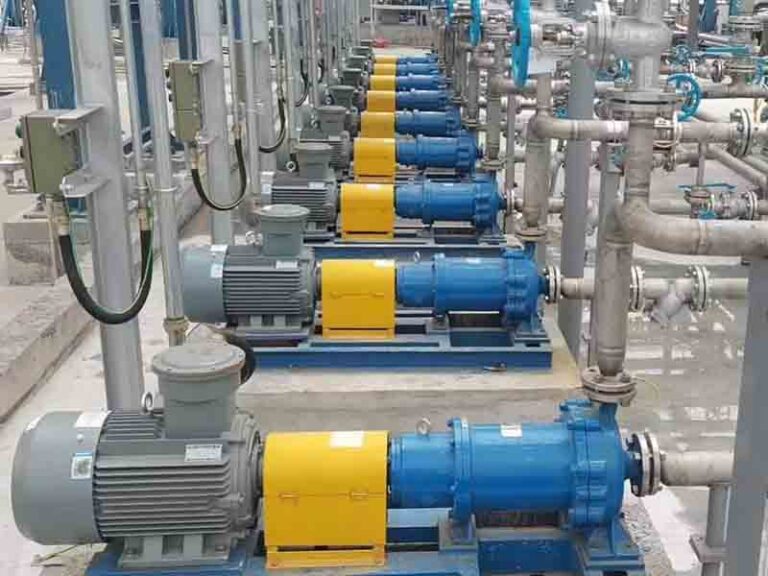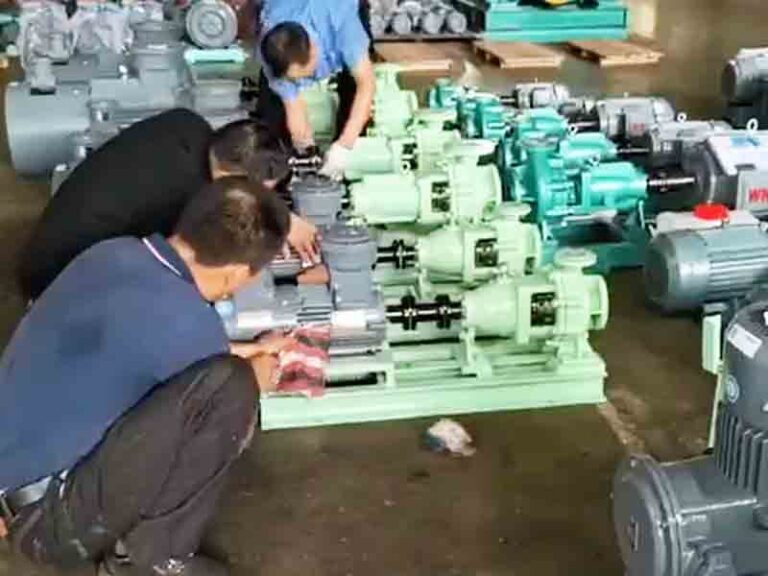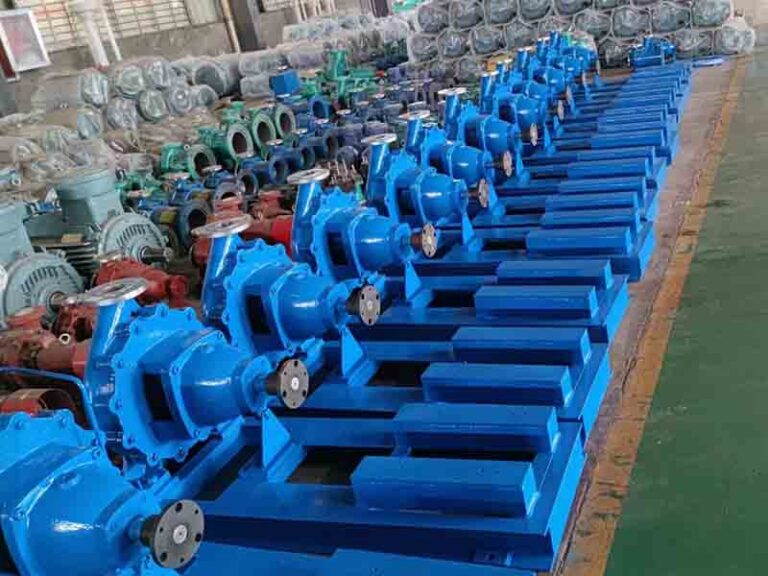In the field of fluid transportation, self-priming pumps have become an important equipment choice for many industries due to their unique performance advantages. But like any mechanical equipment, it also has certain limitations. In-depth understanding of the advantages and disadvantages of self-priming pumps, the various industries in the selection and application of equipment is of great significance.
Definition and working principle of self-priming pump
What is a self-priming pump
Self-priming pumps belong to a special type of centrifugal pumps, its core advantage is that without human intervention, can be completed before the start of their own pump filling process. Pump filling (priming) means that before the pump runs, the pump casing needs to be filled with the liquid to be transported, and the internal air is discharged to create conditions for the normal operation of the pump. Standard self-priming pump through its own design, can automatically complete this critical step.
The working process of self-priming pump
Initial filling: When the durable self-priming pump is started, the pump casing and impeller are pre-stored with part of the liquid. This liquid can come from a variety of sources, including the built-in reservoir, an external replenishment device, or liquid retained in the pump’s own circulation system.
Air removal: When the impeller starts to rotate, the centrifugal force generated throws the liquid outwards. At the same time, the liquid between the blades of the impeller pushes the air towards the outlet of the pump casing, which is then discharged from the pump body through an air vent or exhaust valve.
Vacuum Formation: As the air is continuously discharged, a vacuum is gradually formed inside the pump casing and suction line. This vacuum environment makes the external liquid under the action of atmospheric pressure, be sucked into the pump.
Liquid suction and discharge: The liquid enters the pump casing under vacuum suction and mixes with the original liquid. The impeller continues to rotate, pushing the mixed liquid to the pump’s outlet, completing the liquid transfer.
Check Valve Role: Most self-priming pumps are equipped with check valves or flapper valves on the suction line to prevent the liquid from flowing back when the pump stops running and to keep the pump pre-filled to avoid re-filling the pump at the next startup.
Continuous and stable operation: After the successful startup of the self-priming pump and the establishment of stable liquid delivery, the pump can continue to automatically discharge the small amount of air or gas that enters during operation to ensure the efficient and stable operation of the pump.
Advantages of self-priming pumps
No need to manually fill the pump
Conventional pumps require operators to manually fill the pump with liquid before starting, a process that is not only time-consuming but also increases labor costs. Engine self-priming pumps, however, have a built-in compact structure that automatically discharges air and sucks in liquid, realizing quick startup and greatly improving work efficiency.
Efficient handling of gas-liquid mixing
Ordinary pumps are prone to cavitation when encountering gas-liquid mixing media, resulting in reduced efficiency and even damage to the equipment. Self-priming centrifugal pumps can effectively handle air and gas in the suction line by virtue of a special air discharge mechanism, ensuring stable and continuous transportation of liquids.
Save time and labor
In terms of time cost, self-priming chemical pump eliminates the tedious pump filling process of traditional pumps and can be put into work immediately. In terms of manpower, the high degree of automation reduces the need for manual monitoring and intervention, allowing staff to focus on other critical tasks.
Versatile and easy to install
Self-priming pumps are able to adapt to a wide range of fluids with different properties, whether they are low-viscosity liquids or media with a certain degree of viscosity, all of which can be transported stably. During installation, there is no need for complex pump filling devices, which reduces infrastructure construction, shortens installation time and lowers installation costs.
Limitations of self-priming pumps
Higher initial investment cost
Because self-priming pumps have a more complex design and higher technical content, their purchase price is usually higher than that of ordinary pumps. However, in the long run, the savings in time, labor and improved efficiency can gradually make up for the higher initial investment costs.
Maintenance difficulties and professional requirements
The complex structure of the self priming pump determines the difficulty of its maintenance. Routine maintenance not only requires regular inspection, but also requires maintenance personnel to have professional knowledge and skills, familiar with the working principle and structural characteristics of self-priming pumps, in order to ensure the normal operation of the equipment.
Performance decay under high suction range
The efficiency of self-priming pumps will be significantly reduced under high suction range conditions. It is more suitable for working in the low and medium suction range environments. When choosing to use it, it is necessary to evaluate it according to the actual suction range demand, so as to avoid affecting the working effect due to insufficient performance.
Sensitivity to medium properties
When the transported liquid contains more solid particles, the easy self-priming pump for emergency is prone to clogging, affecting the operating efficiency. For high-viscosity liquids, self-priming pump conveying capacity will also be limited, if necessary, the pump needs to be targeted design adjustments.
Common application areas for self-priming pumps
Industrial
In chemical production, the products self priming pump can be used to convey corrosive and abrasive chemicals, ensuring safe and efficient production. In wastewater treatment, they can handle sewage containing sludge and other complex components, stabilizing operation and reducing maintenance frequency.
Agriculture
In agricultural irrigation, self-priming pump can provide a stable water source for farmland and meet the needs of agricultural production of different scales. In farms, they can be used to treat slurries such as feces, helping to maintain environmental hygiene and production order in farms.
Construction field
During construction, self-priming pumps are often used for pit drainage to quickly remove water and ensure construction progress. During the concrete pouring operation, it can realize the efficient delivery of concrete and ensure the smooth progress of the project.
Ship field
On ships, pumps and self-priming are used for bilge drainage to ensure the safety of ship navigation. Meanwhile, they play an important role in ballast water management, helping to regulate the buoyancy and stability of the ship, which meets the requirements of relevant international norms.
Key Considerations for Selecting Self-priming Pumps
Media Characteristics
Need to clarify the viscosity, temperature and corrosive properties of the liquid to be transported. For example, for high viscosity liquids, should be selected to match the high viscosity of the pump type; for corrosive liquids, the need to use stainless steel or special plastic pump body.
Flow requirements
According to the actual application scenario, to determine the required flow size. Consider both the peak flow demand, but also take into account the daily average flow, to ensure that the self-priming pump can meet the requirements of different working conditions of liquid transportation.
Total Head Calculation
The total head includes the static head (vertical height of the liquid lift) and the friction loss of the piping system. Accurately calculate the total head in order to select a self-priming pump with sufficient lifting capacity.
Pump body material and structure
Different materials of the pump body are suitable for different working environments. Cast iron pump body is strong and durable, but easy to be corroded in some corrosive media; stainless steel pump body is corrosion-resistant, suitable for food and chemical industry; plastic pump body is lightweight, suitable for less corrosive occasions.
Power source
Self-priming motor pumps have electric, gasoline and diesel power forms. When choosing, you need to consider the power supply conditions at the installation site, as well as the operating costs and maintenance requirements of different power forms.
Installation and maintenance convenience
Whether the installation space is sufficient, whether the later maintenance is convenient, are factors to be considered when choosing self-priming electric pumps. Easy to install and maintain the pump type, can reduce the use of the process of time and labor costs.
Budget planning
Although there are differences in the price of self-priming pumps, but can not be price-oriented only. The long-term value of the equipment, reliability and maintenance costs should be considered comprehensively, and cost-effective products should be selected within the budget.
Summarize
Self-priming pumps play an important role in many industries due to their advantages of automated pump filling, efficient handling of gas-liquid mixing, time and labor saving and wide applicability. However, their higher initial cost, complex maintenance requirements, high suction range performance limitations and sensitivity to media properties are also issues of concern during use.
Through a full understanding of the advantages and disadvantages of self-priming pumps, and combined with the actual application requirements, a comprehensive consideration of the selection factors, enterprises and users will be able to make more appropriate equipment selection decisions, to achieve efficient optimization of the fluid transfer process. If you have any questions about the selection or use of self-priming pumps, please feel free to contact us, our professional team will provide you with detailed answers and technical support.


